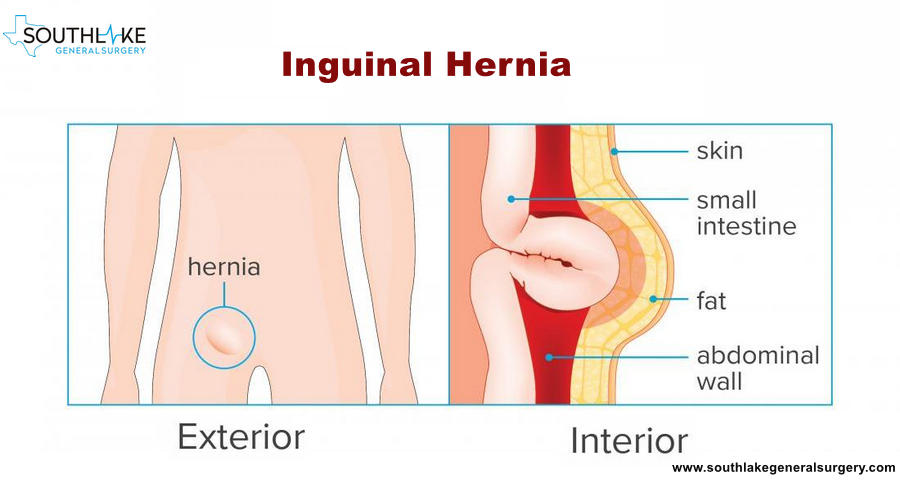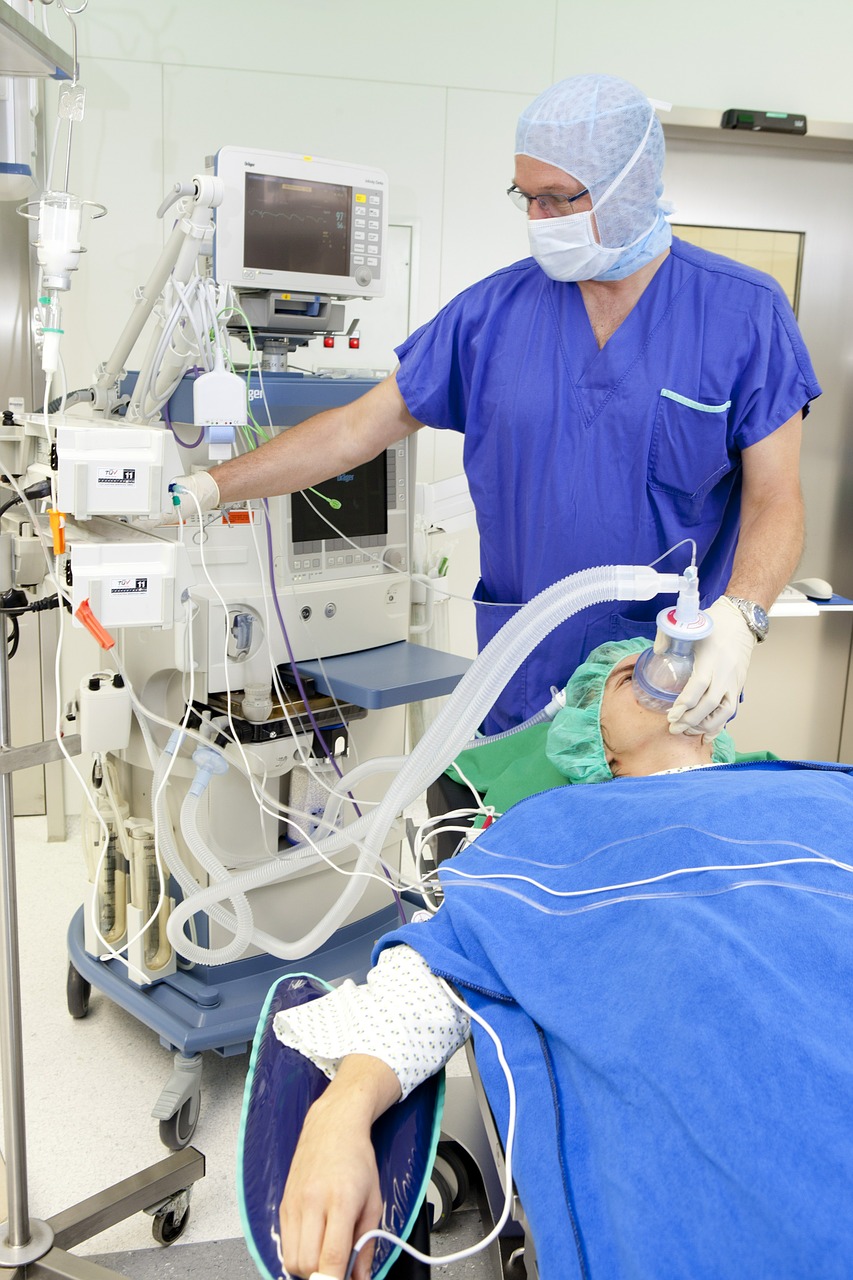What is Inguinal Hernia?
An inguinal hernia develops in the abdomen close to the crotch area. They occur when greasy or intestinal tissues push through a weakness in the abdominal wall close to one side or left inguinal canal. Each inguinal canal dwells at the base of the belly.

Inguinal canal are found in both men and women. In men, the testicles as a rule descend through their canal by around half a month prior to birth. In women, each canal is the area of section for the round ligament of the uterus. If a hernia in or close to this path, it brings about a distending swell. It might be difficult and painful during any movement of body.
Many individuals don't look for treatment for this sort of hernia since it might be small or not bring about any side effects or symptoms. A quick medical treatment can help forestall further bulge and discomfort.
Inguinal hernia symptoms
Inguinal hernias are generally recognizable by their appearance. They cause swells along the pubic or crotch zone that can appear to increment in size when you cough or stand-up. This sort of hernia might be difficult or sensitive to the touch.
Other Inguinal hernia symptoms may include:
- Pain when coughing, working out, or twisting around.
- A burning sensation.
- Sharp shooting pain.
- A heavy or full sensation in the crotch.
- A swelling of the scrotum in men.
Inguinal hernia causes and risk factors
There isn't one reason for this kind of hernia. In any case, weak areas inside the abdominal and crotch muscles are believed to be a significant contributor. Additional weight on this region of the body can eventually cause a hernia.
Few risk factors can increase the changes this condition. These include:
- Heredity
- Having an existing inguinal hernia.
- Being a male.
- Premature birth.
- Being obese or overweight.
- Pregnancy
- Cystic fibrosis.
- Chronic constipation.
- Chronic cough.
Types of Inguinal hernias disease
Inguinal hernias have two categories and it can be indirect or direct, strangulated or incarcerated.
Indirect inguinal hernia
An indirect inguinal hernia is the most common condition. It often happens in premature births, before the inguinal canal gets shuts off. In any case, this kind of hernia can happen to anyone at any given time in life. This condition is generally common in male.
Direct inguinal hernia
A direct inguinal hernia frequently happens in adults as they age. The prevalent view is that weakening muscles during adulthood lead to a direct inguinal hernia.
Incarcerated inguinal hernia
An incarcerated inguinal hernia occurs when tissue becomes stuck in the crotch and isn't reducible. This implies it can't be pushed again into the right spot.
Strangulated inguinal hernia
Strangulated inguinal hernias are progressively a serious medical condition. This is when intestine in an incarcerated hernia has its blood stream cut off. Strangulated hernias are dangerous to life and require immediate emergency medical treatment.
Inguinal hernia Diagnosis
A doctor or PCP can usually analyze and diagnose an inguinal hernia during a physical examination. During the physical examination, doctor will request to cough while standing so they can check the hernia when it's generally observable.
At the point when it's reducible, primary care physician ought to have the option to effectively push an inguinal hernia once again into your abdomen when you're resting on your back. Nonetheless, if this is ineffective, you may have an incarcerated or strangulated inguinal hernia.
Inguinal hernias Treatment
Surgery is only the primary treatment for inguinal hernias. It's a standard surgery and profoundly effective technique performed by our surgeon.
Options incorporate either an open inguinal herniorrhaphy or laparoscopic inguinal herniorrhaphy. Open inguinal herniorrhaphy procedure starts with one large incision made over the abdomen close to the crotch. In laparoscopic inguinal herniorrhaphy, includes few small incisions made on abdomen. A long, thin cylinder tube with a micro-mini camera on the end helps the surgeon to look inside the body to perform the medical procedure.
The objective of either surgical methodology is restoring the inside stomach tissue(s) push back the abdominal cavity and fixing the abdominal wall imperfection. Mesh is placed to strengthen the abdominal wall. When structures are placed into their legitimate spot, surgeon will close the opening with sutures, staples, or surgical glue.
There are potential merits and demerits of open inguinal hernia repair as compare to laparoscopic. For example, laparoscopic herniorrhaphy might be the most suitable if you need a shorter recovery time. But the risk of hernia recurrence might be more prominent with laparoscopic repair, however this may be very rare cases of recurrence.
Prevention and care of inguinal hernias
To forestall hereditary risk factors, it's conceivable to reduce the danger of event or the severity of abdominal hernias. Follow are some useful tips:
- Maintain a sound or healthy weight.
- A high-fiber diet in daily meals.
- Stop smoking cigarettes.
- Stay away from heavy lifting job.
In all cases, early surgical treatment can help diagnose and cure inguinal hernias. However, there's consistently an imperceptible risk of recurrence and complications. It might include infection after surgery or poor surgical injury mending.

